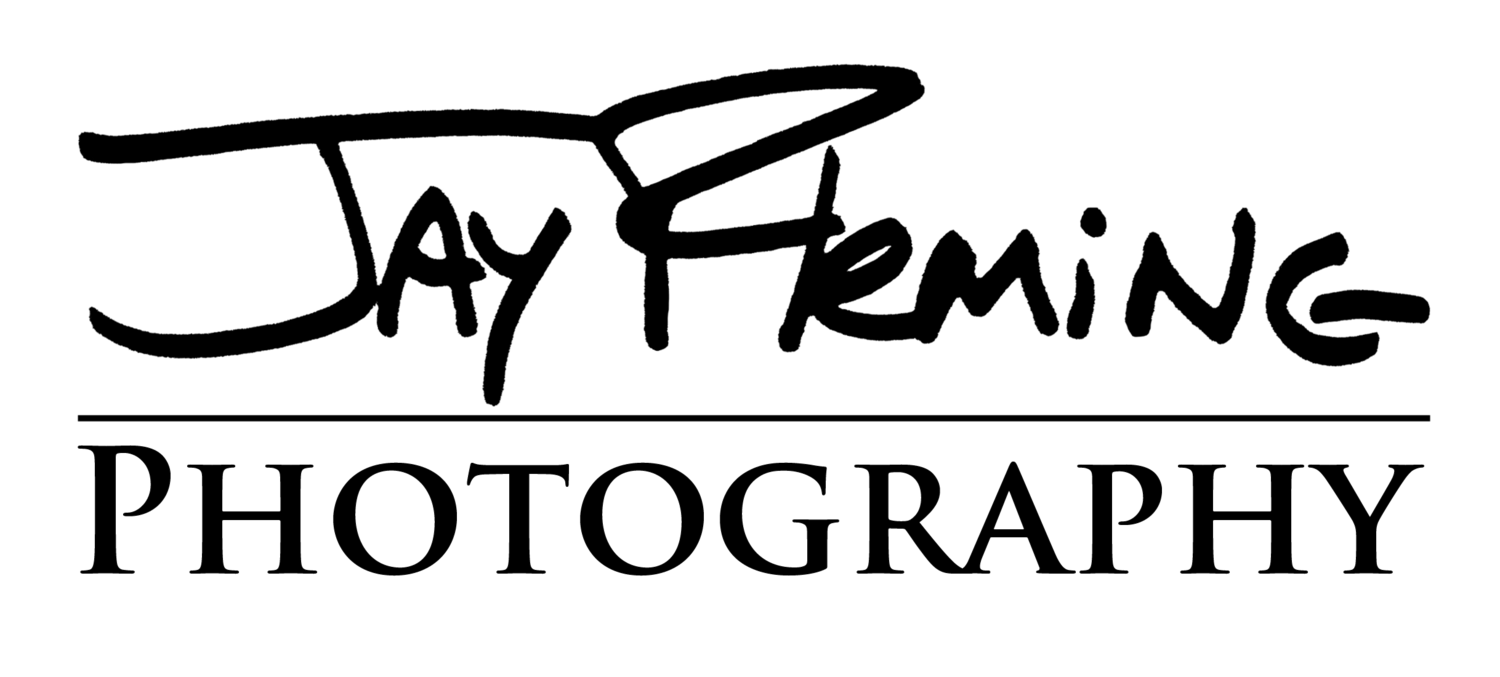At the end of a busy holiday season following the release of my first book, Working the Water, I decided to dedicate the month of January to traveling. After three years of shooting pictures almost exclusively on the Chesapeake Bay, I was inspired to dedicate time to photographing and learning about a new country. I contemplated traveling to destinations all over the world, but continually found myself coming back to a destination less than 100 miles from the United States—Cuba. Due to its tumultuous political past, the history and environment of Cuba has been preserved, and its culture extremely unique. I decided that Cuba would be my final destination, and it’s beautifully decrepit streets, its ever-optimistic people, and its breathtaking landscapes and wildlife would be my new subjects.
This blog series of seven journal entries will share my photographs and experiences from 28 days of travel throughout the western portion of the island. The progression of the entries will follow the trip as we travelled west from Havana and back east along the southern coast to our final destination, Trinidad.
We arrived in Pinar del Rio after a 30-minute taxi ride from Vinales. Pinar del Rio is the capital city of the western most province in Cuba, and with a population of greater than 250,000 it is the largest city west of Havana. Most of the tourists that come to Pinar del Rio are passing through on their way to Vinales as there are not many attractions or infrastructure that would support large numbers of tourists.
To me, the main attraction of Pinar del Rio were the tobacco plantations that lined the outskirts of the city - I had read a lot about the Alejandro Robiano plantation that was 15 miles outside of town. I originally had hoped to use Pinar del Rio as a launching point to explore the countries largest fishing village - La Coloma. La Coloma is the center of Cuba's seafood industry - accounting for 40% of the total export. There are large processing facilities and boat yards in La Coloma that support the seafood industry. After the experience in Puerto Esperanza and learning more about the strict government regulation around water related activities, it was an easy decision to pass on the visit to La Coloma. Less than 24-hours in Pinar del Rio was going to be more than enough time to photograph the plantations and to see more of the tobacco industry.
I had booked a casa particular in Pinar del Rio that was recommended by the lonely planet travel guide. Casa Gladys was a ornately decorated colonial row home in downtown Pinar del Rio. After arriving at the house, we ventured out onto the street to find lunch and exchange dollars to Cuban Convertible Pesos (CUCs). We were among the only tourists that were on the streets, and just like in Havana, we were aggressively approached by 'jiniteros' - the spanish term for street hustlers. The jiniteros were all somewhat proficient in English, and using that to their advantage would attempt to lead you to a restaurant, tobacco plantation or other establishment owned by a 'friend'. After two weeks in Cuba, I was well seasoned on how to deal with the street hustlers and learned how to sternly say 'no'. We wandered back to the casa and recruited Glady's nephew to take us out to the Robiano tobacco plantation and to photograph other plantations around sunset. I paid Alexander 40 CUC to drive us around, which based on the market rates for the taxis was overly generous. After coming back from the photo-shoot, we sat down with the family for dinner and enjoyed some of the cigars we bought with 'Santiago' brand cuban rum.
The next morning, Alexander agreed to take us to Havana in his banana yellow Daewoo hatchback that barely held two people without luggage. Alexander did not have a license to legally drive as a taxi cab, but was willing to take the risk to make 80 CUC. We had all agreed to pretend that we were not using him as a taxi if pulled over by the Cuban police. After leaving, we stopped at his friends tobacco plantation that claimed to grow tobacco for the famous Cohiba brand. One of the guides at the farm, who was without a doubt a jinitero when on the street, convinced me to buy $250.00 worth of cigars in Cohiba boxes with wrappers and certificates of authenticity - they are definitely authentic Cubans, whether they are 'real' Cohibas is another question!
We proceeded to Havana with Alexander and arrived in the city to catch another taxi to our next stop to the east of Havana- Jaguey Grande.
















